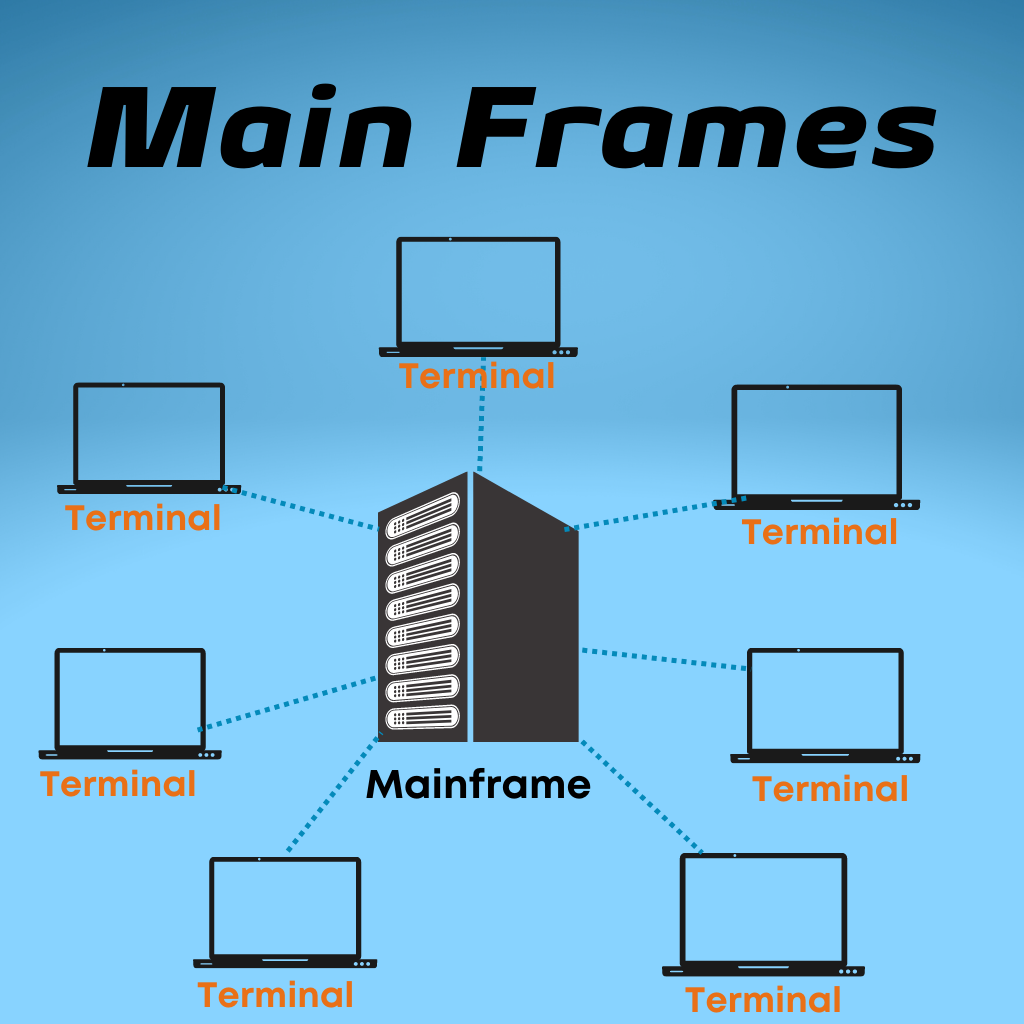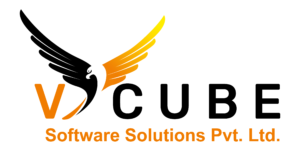MAIN FRAMES
MAIN FRAMES TRAINING
A mainframe is the core data repository, or hub, in a corporation’s data processing centre, and it is connected to users via less capable devices like as workstations or terminals. The presence of a mainframe frequently implies centralised computing as opposed to distributed computing.Join V Cube for Main Frames course in Kphb.

Course's Key Highlights
![]() 100+ hours of learning
100+ hours of learning![]() Real-time industry professionals curate the course.
Real-time industry professionals curate the course.
![]() Internships and live projects
Internships and live projects
![]() A cutting-edge training facility
A cutting-edge training facility
![]() Dedicated staff of placement experts
Dedicated staff of placement experts
![]() Placement is guaranteed 100 percent Assistance
Placement is guaranteed 100 percent Assistance
![]() 28+ Skills That Are Useful in the Workplace
28+ Skills That Are Useful in the Workplace
![]() Trainers with a minimum of 12 years of experience
Trainers with a minimum of 12 years of experience
![]() Videos and back-up classes
Videos and back-up classes
![]() Subject Matter Experts Deliver Guest Lectures
Subject Matter Experts Deliver Guest Lectures
What is Mainframes?
Why do we use Main Frame Technology?
What Mainframe can Do?
- Software Application Development
- E-Business and E-commerce
- Healthcare application development
- Analystics using Mainframe SAS
Advantages of Main Frames :
Below are some advantages:
- High availability of the systems
- Extreme reliability of the systems
- Systems of extreme high availability to handle large volumes of data
- English-like constructs.
- Self-documenting systems.
Required Skills to learn :
- Virtualization
- Troubleshooting
- Programming capability
- Storage Management Part
- Escalation management
Job Oppurtunities in Main Frame Technologies :
- Mainframe Application developer
- Mainframe system administrator
- Mainframe Storage Administrator
- Mainframe Application Architect
- Mainframe Support Engineer
How to do Mainframe Testing ?
Mainframe testing is often done manually, however it can be automated with tools such as REXX, QTP, IBM application performance analyzer, CA application fine tuner, and so on. Regardless of mode, the following shift left strategy should be used to manage testing operations.
1. Planning
A testing team in co-ordination with the Project management and development team should prepare Test scenarios and test cases well in advance. System requirement document, Business requirement document, other project documents and inputs from the development team will be useful for preparing test plans. The resources with prerequisite mainframe knowledge should be part
of the team.
2. Scheduling
A testing schedule should be drawn in line with the project delivery schedule and it should be realistic.
3. Deliverables
Deliverables should be well defined without any ambiguity and it should be within the scope of test objectives.
4. Execution
Execution should be as per plan and deliverables. There should be periodical reviews with the development team to check the progress and make a course correction.
5. Reporting
Test results should be shared with the development team on a periodical basis. In case of urgent situations, the testing team can get in touch with the development team for immediate correction to maintain continuity.
6. Advantages
The robust testing process avoids unnecessary rework, utilizes resources optimally, reduces production downtime, enhances the user experience, improves customer retention and reduces the cost of IT operation overall.
Conclusion :
Main Frame Concepts
Course concepts
- Introduction to IBM Mainframe Systems
- IBM Mainframe Architecture
- Data and Job Management
- Operating Systems
- TSO, ISPF
COBOL
- Introduction to COBOL and its versions
- COBOL Program structure
- Field Declaration – Data Types
COBOL Statements
- ACCEPT
- DISPLAY
- MOVE
- INITIALIZE
- IF Statement
- EVALUATE
- STRING and UNSTRING
- COPY
- COMPUTE
- PERFORM
- REDEFINES
- RENAMES
- Computational Usages
- STOP RUN, GO BACK, EXIT PROGRAM
File Handling
- How to use files in the COBOL Program?
- File Programming using Sequential, Indexed, and Relative files
- Realtime programs using files
Table Handling
- Array Declaration
- Using arrays in programs with
- SEARCH & SEARCH ALL
- Subscribing & Indexing
- Sorting & Merging
- Resolving File Status codes and abends
- Coding Realtime Programs
DB2(RDBMS)
- DB2 – Database concepts
- DB2 Organization
- Tablespaces, Tables, Views, Indexes, Synonyms, Aliases
- Using SQL Queries
- DDL(CREATE, ALTER and DROP COMMANDS)
- DML(SELECT, INSERT, UPDATE and DELETE)
- DCL(GRANT & REVOKE)
- Group By, Having, Order By
- Joins
- Subqueries vs Correlated subqueries
- Unions
- DCLGEN, SPUFI and QMF
- DB2 Utilities
- NULLS – Null Indicators
- Cursors and Types
- SQLCA
- DB2 Program Preparation
- Pre-compilation
- BIND – Packages & Plans
- DB2 Locking and Concurrency
- Locking Modes
- Isolation Levels
- Commit & Rollback
- Constraints
- DB2 Performance issues and tuning techniques
- SQLCODES and resolving abends
- COBOL-DB2 Realtime Programming
VSAM (File concept)
- Introduction to VSAM
- VSAM Datasets – ESDS, KSDS, RRDS
- Space management
- Alternate Indexes
- Dataset structures
- Defining Clusters
- IDCAMS – Repro, Print, Alter, Delete
- START, INVALID KEY
- Accessing VSAM files from COBOL
- File status codes and abend codes
- Coding programs using VSAM files
Tools
- File-Aid for files & DB2
- Changeman
- Xpeditor
Software Engineering
- Application development covering all phases of SDLC
- Quality Management
- Documentation
Upskill & Reskill For Your Future With Our Software Courses
Best Main Frame Coaching Center In Hyderabad

Quick Links
- Home
- About Us
- Courses
- Contact Us
Other Pages
Contact Info
- 2nd Floor Above Raymond’s Clothing Store KPHB, Phase-1, Kukatpally, Hyderabad
- +91 7675070124, +91 9059456742
- contact@vcubegroup.com
